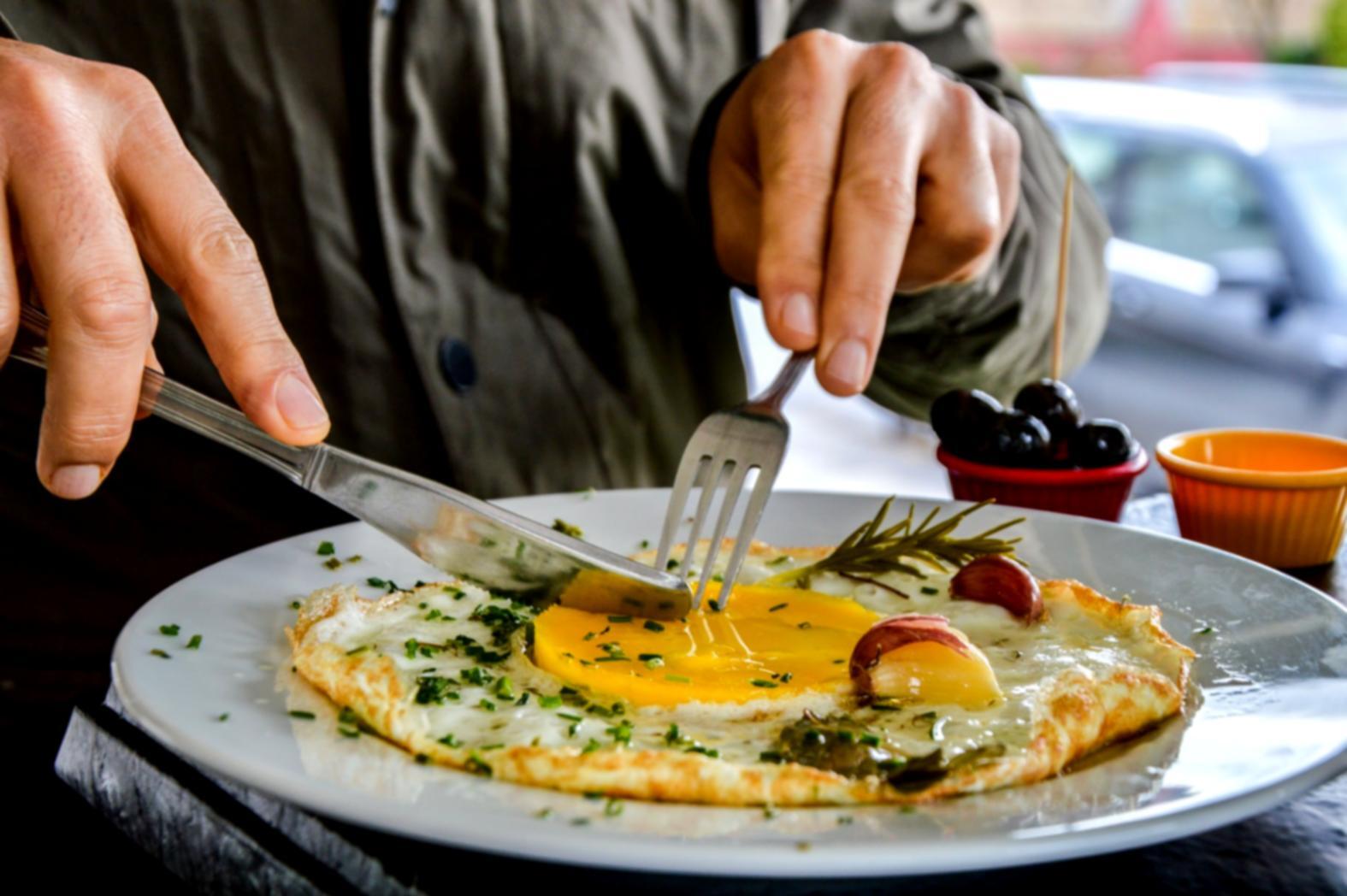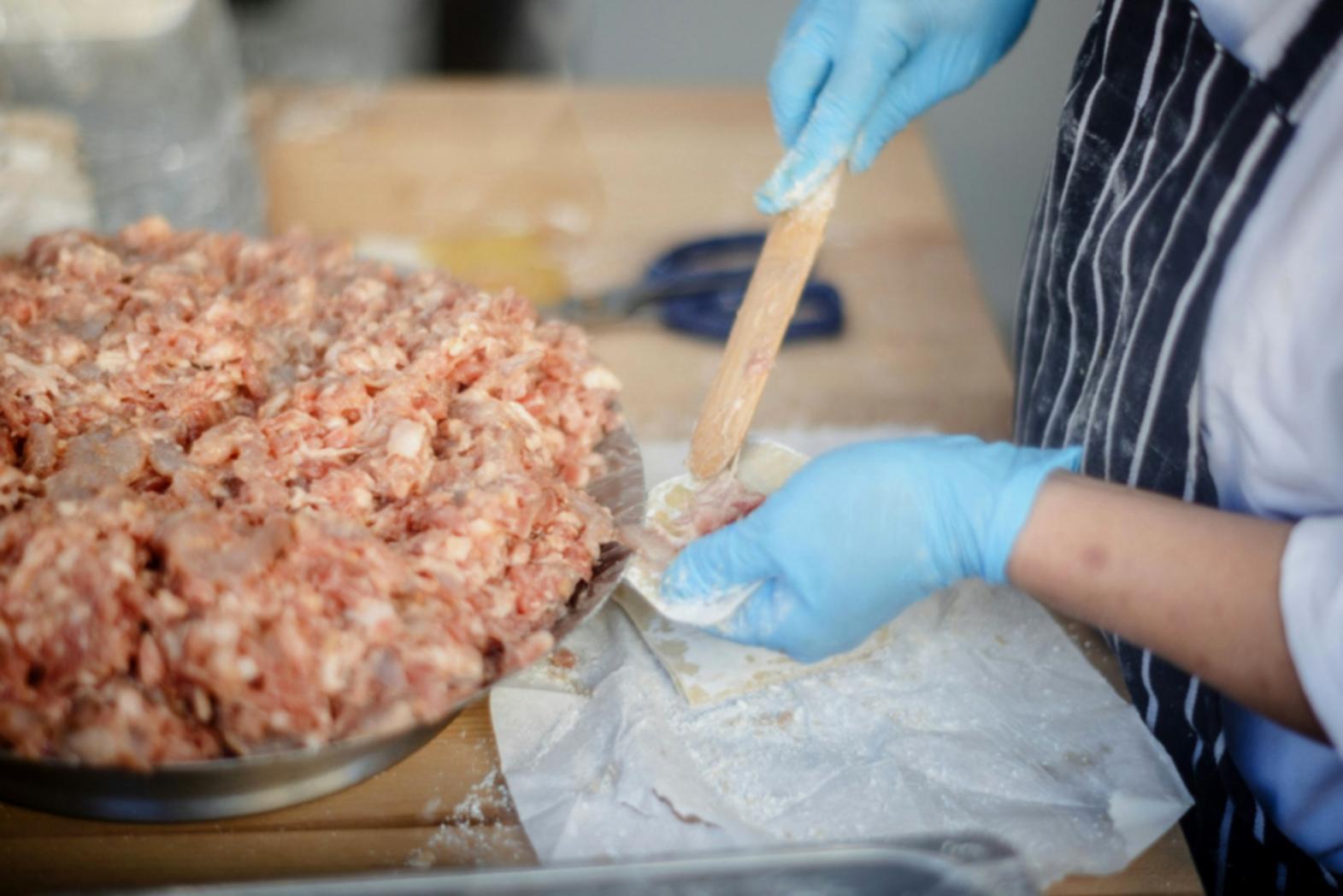How We Actually Teach Food Plating
Most cooking schools focus on recipes. We focus on what makes people stop scrolling and actually want to eat your food. Because a beautiful plate tells a story before anyone takes a bite.
The Foundations We Build On
Color Psychology First
We don't just toss garnish on plates. You'll learn why red tomatoes next to green basil works, and why beige next to beige kills appetite. Our spring 2025 cohort spent three weeks just on understanding color contrast—and their Instagram engagement jumped because of it.
Height Creates Drama
Flat plates are boring plates. We teach you to build vertical interest without making food look like it'll topple over. It's physics meets aesthetics, and honestly, once you see it, you can't unsee it anywhere you eat.
Negative Space Matters
The empty parts of your plate work just as hard as the food. We'll show you how white space guides the eye and why cramming everything together makes even great ingredients look cheap. Less really is more here.
Texture Contrast
Crispy against creamy. Smooth against crunchy. Your mouth expects variety, and your eyes do too. We teach you to plate so people can almost feel the textures before they taste them.
Practical Timing
Beautiful plates mean nothing if the food gets cold. We time everything. You'll learn to plate quickly without rushing, because restaurant reality means you need both speed and style.
Photography-Ready Thinking
Your dishes will get photographed. By customers, by you, by food bloggers if you're lucky. We teach you to plate with camera angles in mind, because social media visibility is part of modern food service whether we like it or not.
Who's Actually Teaching You

Stellan Bjørnstad
Lead Plating Instructor
Stellan spent eight years working in Michelin kitchens across Europe before he got tired of the pressure cooker environment. He came to Montreal in 2019 and started teaching because, in his words, "I'd rather help 50 people plate beautifully than burn out making perfect food for rich people." He's blunt, funny, and will tell you exactly when your garnish looks like an afterthought. Students either love him immediately or need a week to adjust to his directness.

Maeve Quinlan
Visual Design Specialist
Maeve came from graphic design, not culinary school. She worked in branding for restaurants and got frustrated watching talented chefs present food that photographed terribly. So she learned plating from the visual side and now teaches the design principles most culinary programs skip. She's the one who'll explain why your plate needs a focal point and how the rule of thirds applies to pasta bowls. Students say her feedback is the most actionable they've ever received.
Finding Your Starting Point
What's Your Current Situation?
Knowing where you are helps us recommend the right entry point into our program.
What's Your Biggest Plating Challenge?
Different struggles need different approaches. We've seen them all.
What's Your Timeline?
We run intensive workshops and longer structured programs depending on your schedule.
What Type of Food Do You Work With?
Plating a pizza requires different thinking than plating fine dining. We customize based on your reality.


